In America in the spring of this year, 2008, a widow named Mildred Dolores Loving died at the age of 67. Let me hand the story over to the late Chief Justice of the US Supreme Court, Earl Warren, writing in 1967.
“In June 1958,” Warren explained, “two residents of Virginia, Mildred Jeter, a negro woman, and Richard Loving, a white man, were married in the District of Columbia pursuant to its laws.” But not pursuant to the laws of their native Virginia. When they returned to the state and set up home in Caroline County, a Virginia grand jury indicted them for violating the local ban on interracial marriages.
“On January 6, 1959,” Warren continued, “the Lovings pleaded guilty to the charge and were sentenced to one year in jail; however, the trial judge suspended the sentence for a period of 25 years on the condition that the Lovings leave the State and not return to Virginia together for 25 years. He stated in an opinion that: ‘Almighty God created the races white, black, yellow, Malay and red, and he placed them on separate continents. And but for the interference with his arrangement there would be no cause for such marriages. The fact that he separated the races shows that he did not intend for the races to mix'.”
The case took nearly eight more years to resolve. The Attorney-General of the state of Virginia pleaded - through the Beatle mania era and into the hippy age - that, since the ban was equally applied to blacks and whites, the legislation was not discriminatory. The Supreme Court unanimously rejected this argument.
“The Fourteenth Amendment,” Warren wrote, “requires that the freedom of choice to marry not be restricted by invidious racial discriminations. Under our Constitution, the freedom to marry, or not marry, a person of another race resides with the individual and cannot be infringed by the State.” He concluded: “These convictions must be reversed. It is so ordered.”

This was the year that I turned 13. How, looking back is it possible that such laws existed well into the postwar era? Existed, in fact, in no less than 16 states? In Virginia miscegenation legislation dated back to 1661. In 1691 the state could fine any white woman who bore a mixed race child, or put her in indentured servitude for five years, and her child for 30. To the Virginians, mixed race meant black. In 1924 whites were forbidden to marry anyone with “a single drop of negro blood” in Virginia. Six other states already had such a provision.
If I have heard one phrase in continual use about Barack Obama, it is about how he “represents”, in himself, whatever virtue or trend the user wishes to associate him with. In particular, of course, he is continually referred to as the first African-American” or “black” president of the United States.
It seems pedantic, and something worse, to argue that Obama is, in fact, mixed race. In some mouths this sounds like - and probably is - an attempt to deprive black people of a victory. It's a bit like when the inevitable stupid soul, unaware of the origin of the term, objects that, since Arabs are Semites, one cannot appropriate “anti-Semitism” to mean Jew-hatred. I always suspect the motives behind such plausibility.
And in the case of the President-elect there do seem to be two Obama’s. The Hawaii Obama, brought up on that mixed-race island group by a white mother and two white grandparents, and a later Chicago Obama, living in the black community, marrying a black woman, attending a black Church and seeking his lost black father.
“He had to leave the island to find himself as a black man,” David Maraniss wrote in The Washington Post.
“He's black,” a friend said to me yesterday. “Most people would look at him and see him as being black.” Certainly 1924 Virginians would. And if the man see himself as being black, then where's the argument? Except, he isn't. To say that Mr. Obama is black is to say, in effect, that his mother had no race or that her race was somehow obliterated by her choice of husband. Is to say that no one much had realized, had quite noticed, that her son was, in fact, mixed race. Is to say that being mixed race is not also to be something.
To me this feels important partly because my mildly extended family now includes four mixed-race children, who are not black and are not white, or who are both. It may be important to me because my father was Jewish and my mother wasn't.
It is important in a bigger way because, both in America and here, the number of mixed-race children being born is growing steadily. In California, one estimate is that the proportion is now one in six; in the UK the fastest-growing ethnic category is that of mixed race.
Trevor Phillips, of the Commission for Equalities and Human Rights, has noted the “astonishing rise” in the number of mixed-race Britons, expecting that they will be the single largest minority group by 2020 - and by far the youngest. The evidence of this rise is all around us, first manifested - as ever - in the fields of sport and popular culture. Lewis Hamilton, of course, Theo Walcott, Leona Lewis and dozens more. As the geneticist Steve Jones pointed out at the weekend, demographic mobility combined with desire has rendered race-mixing far more likely, once prejudice has been abandoned.
But we are being very slow to recognize how this trend subverts the old categories. The ancient proscriptions, on all sides of the racial divides, for all their narrowness, render life less complicated. Even an Obama doesn't make it by being mixed race, he makes it in politics - finds himself - by identifying as black. A recent and admirable survey of the attitudes of mixed race people by Kent University referred to members of the “mixed-race community”. But, of course, there's no such thing to belong to.
And then, last week, safely selected and elected, the Obama’s went dog-hunting. One option was a “shelter-dog”. “A lot of shelter-dogs are mutts,” the President-elect said. “Like me.”
Not “black”, but “a mutt”, a mixture - the very mixture, perhaps, that allowed people to identify with him in such varied ways. This was surely a return by Mr. Obama to what Maraniss described as “the notion of Hawaii... the spirit of aloha, the transracial if not post-racial message - that has made his rise possible.
How I hope, in the year that Mildred Loving - married to Richard - died, that it is so ordered.
 From The Times UK
From The Times UK This was the year that I turned 13. How, looking back is it possible that such laws existed well into the postwar era? Existed, in fact, in no less than 16 states? In Virginia miscegenation legislation dated back to 1661. In 1691 the state could fine any white woman who bore a mixed race child, or put her in indentured servitude for five years, and her child for 30. To the Virginians, mixed race meant black. In 1924 whites were forbidden to marry anyone with “a single drop of negro blood” in Virginia. Six other states already had such a provision.
This was the year that I turned 13. How, looking back is it possible that such laws existed well into the postwar era? Existed, in fact, in no less than 16 states? In Virginia miscegenation legislation dated back to 1661. In 1691 the state could fine any white woman who bore a mixed race child, or put her in indentured servitude for five years, and her child for 30. To the Virginians, mixed race meant black. In 1924 whites were forbidden to marry anyone with “a single drop of negro blood” in Virginia. Six other states already had such a provision.





















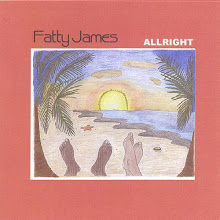

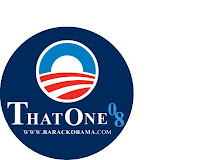
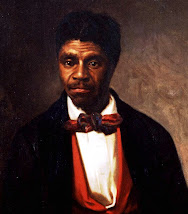
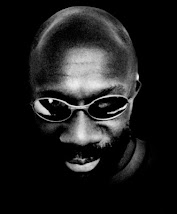
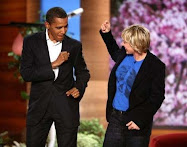
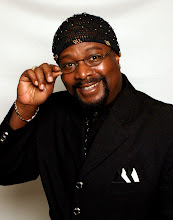

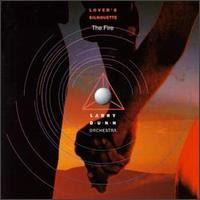

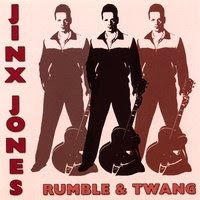


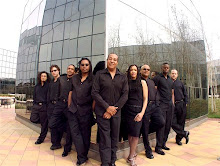
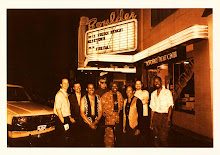
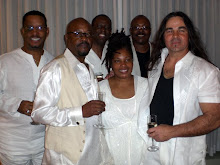

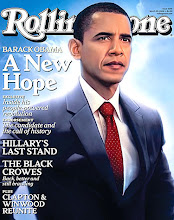






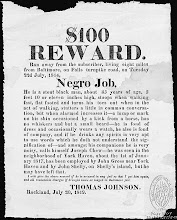


No comments:
Post a Comment